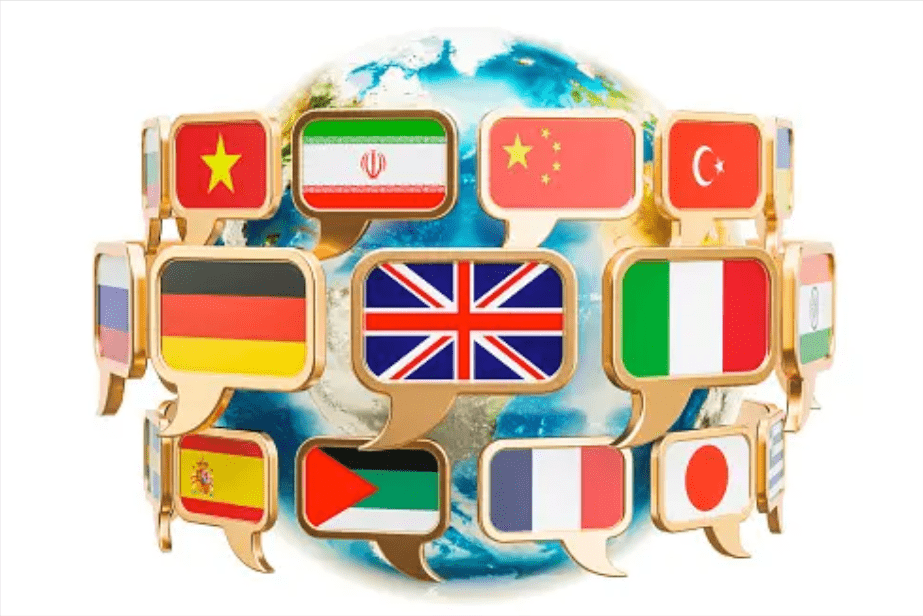
Language is a fundamental aspect of human communication and culture. It has the power to bring people together, shape identities, and preserve heritage. But have you ever wondered about the origins of the world’s languages and how they are connected? In this article, we will explore the concept of language families and delve into their impact on learning, cultural understanding, and the future of our globalized world.
Understanding Language Families
Language families are groups of languages that share a common ancestry, often referred to as a “proto-language.” This concept allows linguists to classify languages based on their similarities and trace their evolution over time. Understanding language families provides valuable insights into language structure, vocabulary, and grammar.
When studying language families, it is fascinating to delve into the intricate web of connections that exist between languages. For example, the Indo-European language family, which includes languages such as English, Spanish, Hindi, and Russian, is believed to have originated from a common ancestor spoken thousands of years ago. Through the study of language families, linguists can uncover the fascinating journey of how languages have evolved and spread across different regions of the world.
Definition and Importance of Language Families
Language families are not just an abstract concept but a crucial tool for linguistics and language learners alike. By identifying shared features among related languages, we can make educated guesses about their historical development and connections. This knowledge is invaluable in understanding linguistic diversity and the complexities of language acquisition.
Exploring language families also sheds light on the influence of cultural and historical factors on language development. For instance, the Afro-Asiatic language family, which includes languages such as Arabic, Hebrew, and Amharic, reflects the historical interactions between the peoples of Africa and the Middle East. Understanding these connections can deepen our understanding of the shared history and cultural exchanges between different regions.
Major Language Families Around the World
There are numerous language families across the globe, each with its own unique characteristics and geographical distribution. Some of the major language families include Indo-European, Sino-Tibetan, Afro-Asiatic, and Austronesian. These families span continents, showcasing the rich tapestry of human communication.
The Sino-Tibetan language family, for example, encompasses languages spoken in China, Tibet, and parts of Southeast Asia. This family includes Mandarin, the most widely spoken language in the world, as well as Tibetan, Burmese, and many other languages with their own distinct features and cultural significance.
Another notable language family is Austronesian, which includes languages spoken in Southeast Asia, the Pacific Islands, and Madagascar. This diverse family includes languages such as Malay, Tagalog, Hawaiian, and Malagasy. Exploring the Austronesian language family reveals the fascinating history of seafaring peoples who navigated vast oceans, spreading their languages and cultures across the Pacific.
Tracing the Ancestry of Languages
Language evolution is a fascinating topic that unravels the mysteries of our linguistic past. By studying the historical development of languages, we can trace their ancestry and identify the forces that shaped them.
Historical Overview of Language Evolution
Language evolution is an intricate process influenced by various factors such as migration, contact between cultures, and technological advancements. As populations move and interact, languages change, adapt, and diverge. This linguistic evolution can be observed through the comparison of ancient texts, phonological shifts, and lexical similarities.
Linguistic Relationships and Language Trees
One of the ways linguists visualize language evolution is through the use of language trees. These trees depict the relationships between different languages within a language family, highlighting their common origins and shared features. By analyzing linguistic data and applying methods such as the comparative method and the study of sound changes, researchers construct language trees that paint a picture of our linguistic ancestry.
Impact of Language Families on Learning
The influence of language families extends beyond the realm of linguistic research. It plays a significant role in language acquisition and the challenges faced by learners when tackling languages from different families.
Learning Within the Same Language Family
When learning a new language within the same family, learners can often leverage the similarities between these languages to their advantage. Cognates, shared grammatical structures, and similar pronunciation patterns make the learning process more intuitive. This allows learners to build upon the knowledge they already possess and accelerate their language acquisition.
Challenges and Strategies in Learning Languages from Different Families
On the other hand, learning a language from a different family can present unique challenges. The unfamiliar grammatical structures, pronunciation patterns, and vocabulary require learners to approach the language with a fresh perspective. However, with effective strategies such as embracing cultural immersion, utilizing language learning apps, and seeking out native speakers, these challenges can be overcome and provide a rewarding learning experience.
The Role of Language Families in Cultural Understanding
Language is deeply intertwined with culture, serving as a reflection of identity and heritage. By exploring the concept of language families, we gain valuable insights into cross-cultural communication and the impact of language on cultural understanding.
Language as a Reflection of Cultural Identity
Language embodies the values, beliefs, and traditions of a particular culture. The study of language families allows us to recognize the connections between languages and the cultures they represent. By appreciating the diversity within language families, we can develop a deeper understanding and respect for different cultures.
Language Families and Cross-Cultural Communication
Language families also play a vital role in facilitating cross-cultural communication. By understanding the linguistic roots of a language, individuals can navigate the complexities of communication and bridge cultural gaps. This knowledge cultivates empathy and fosters meaningful connections between people from different linguistic and cultural backgrounds.
Future Perspectives on Language Families
The study of language families continues to evolve, reflecting the ever-changing nature of our interconnected world. Here, we explore the future implications of language families and the preservation of endangered languages.
Language Families and Globalization
In our increasingly globalized world, language families provide a lens through which we can understand the impact of globalization on language and culture. As communication barriers diminish and people from diverse linguistic backgrounds interact, the boundaries between language families may blur. This phenomenon can give rise to new hybrid languages and cultural exchanges that enrich our global society.
The Future of Endangered Languages and Their Families
While globalization opens up new opportunities, it also poses challenges to the preservation of endangered languages and their families. As dominant languages gain prominence, less widely-spoken languages face the risk of extinction. Efforts to document, revitalize, and encourage the use of endangered languages are crucial to maintaining linguistic diversity and honoring the cultural heritage of communities around the world.
In conclusion, language families provide us with a fascinating glimpse into the interconnectedness of world languages. They shape our understanding of language evolution, influence the way we learn new languages, impact cross-cultural communication, and offer insights into the future of our globalized society. By appreciating the role of language families, we can celebrate linguistic diversity and foster a deeper appreciation for the beauty and complexity of human communication.



